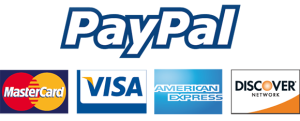1 Return To Example 2 1 Let Q 7 Units Plot All Combinations Of The Two Factors That 1792357
1.Return to Example 2.1. Let q = 7 units. Plot all combinations of the two factors that will support production of the 7 units. Limit the first factor to 1 = z1 = 40. Repeat this for q = 9 units. What explains the shape of your curves?
2. construction of cost function
Return to the setting of Example 2.6, where technology is specified by q = vz1z2. Now, however, assume the factor prices are P1 = 2 and P2 = 32.
(a) Initially assume no upper bound on either factor. What is the firm’s cost curve, and what is the corresponding marginal cost curve?
(b) Suppose the market price is 16 per unit. Can you determine the firm’s optimal quantity? What is the source of the difficulty?
(c) Now assume for the rest of the problem that the first factor cannot exceed an upper bound of 25, i.e., 0 = z1 = 25. Determine the firm’s cost curve.
(d) Suppose output sells for a price of 64 per unit. Determine the firm’s optimal plan (output and associated factors). Do this two ways, by focusing directly on profit as in Example 2.2, and then by focusing on revenue less cost as in Example 2.7
(e) Consider specific output levels of q ? {5, 15, 30}. For each of these output levels solve numerically for the firm’s cost (Excel is recommended), and verify your answer with the above determined cost curve. What shadow prices emerge from your solution? How do you interpret them?
(f) Suppose the first factor is fixed at _z1 = 12. Determine the associated short run cost curve. What is the fixed cost?

